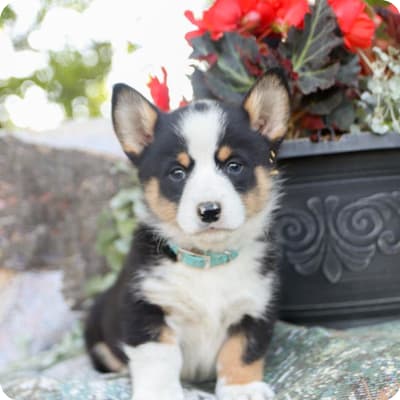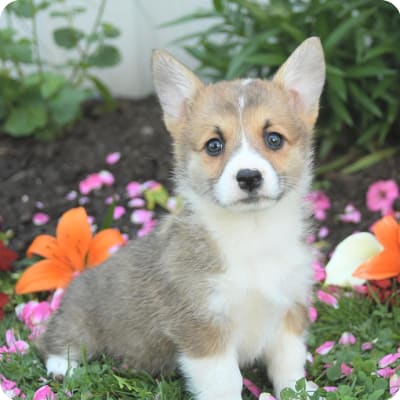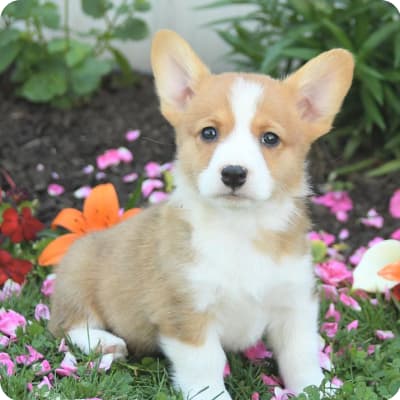Welsh Corgi (Pembroke) Puppies

The Affectionate and Smart Pembroke Welsh Corgi
Pembroke Welsh Corgis are agreeable, adorable, and affectionate companions. They are small in stature but are well built and sturdy, originally bred to herd cattle and sheep. They are active, alert, and love being around people.
Welsh Corgi (Pembroke) At a Glance




Welsh Corgi (Pembroke) At a Glance
- Size: 10"-12", 20-26 lbs.
- Lifespan: 12-15 years
- Energy Level: high
- Coat: Soft, light undercoat with a coarse outer coat
- Shedding: moderate
- Hypoallergenic: No
- Dog Group: Herding
- Common Nicknames: Dwarf Dog
Pembroke Welsh Corgi Breed Guide
Learn More About Pembroke Welsh Corgis


